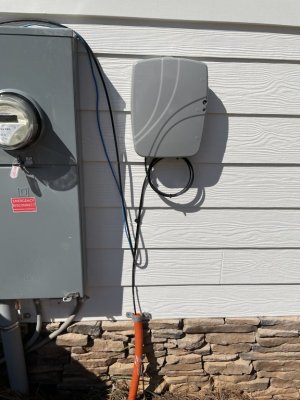Cool.So my plan is to start with a RT-AX88U in the basement and create an AI Mesh with the RT-AX86U on the 2nd floor, using wired backhaul.
Almost certainly, running that unit with MoCA backhaul would be superior to running it with wireless backhaul.If coverage isn’t satisfactory, then the contingency is to add a router mesh node on the mail floor.


